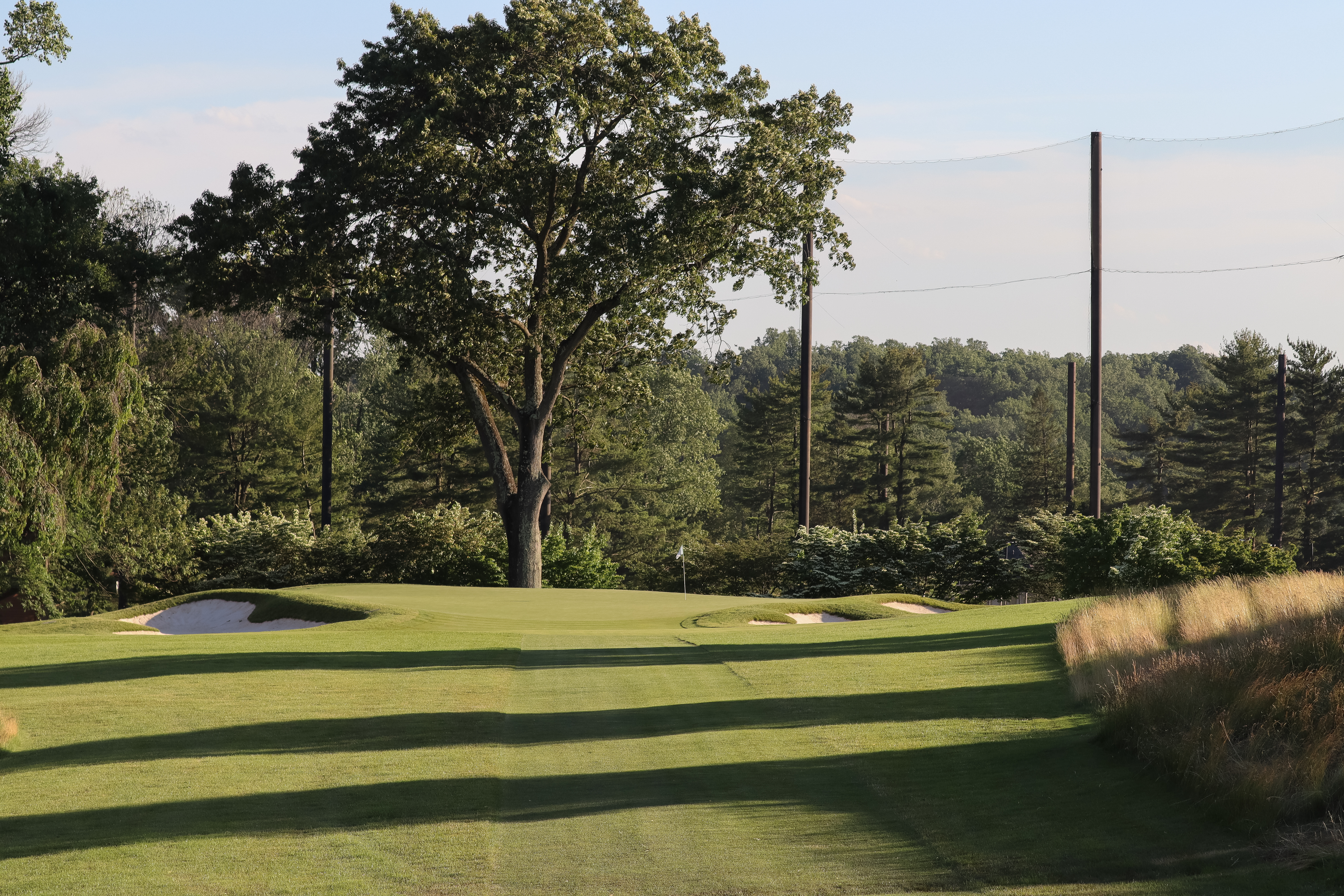News and Updates
Instagram Feed
Click on any of the posts below to go to our feed and follow along!
I often get asked “What do you guys do when the weather’s bad?” It’s pouring out right now so we are wrapping up the winter to-do list. We are busy painting portions of the shop, sealing accessories, assembling bunker rakes, servicing equipment, and Luke and Evan are catching up on some admin work. These rainy days are very valuable to the operation.
The crew is working through some less than ideal conditions today to begin to wrap up winter projects. Most of the new fairway expansion on 5 was sodded today along with the drainage work on 5 and 6.
During these couple of snow covered days, the staff refinished the bridge on 14. All of the wood planks were replaced and new matting will be installed by the weekend. The metal portions of the bridge will be repainted when temperatures allow.
The early week snow stayed south of us and we took advantage of a clear golf course. The crew stayed busy installing drainage in #5 fairway. The project will wrap up early next week.
Work is starting today on the fairway expansion on the fifth hole. Shane is pumped about it.
Just a sampling of what comes out of the ground every time we deep-tine fairways (not the phone, it’s just there for scale ��). On a positive note, we are pulling out far less now than when first added this process into our regular agronomic programs.
Friday sod party! Projects on 4, 8, and 10 were sodded today. We finished installing irrigation on the changes to 16 approach and are currently doing the final shaping. This approach will be sodded early next week.
Winter is coming. Select landing areas, tees, and sections of greens have been covered for the off-season.
Work is underway to eliminate the collection area on the 16th approach. The sod being harvested is being used on the 8th fairway where the bunker was removed last week.

